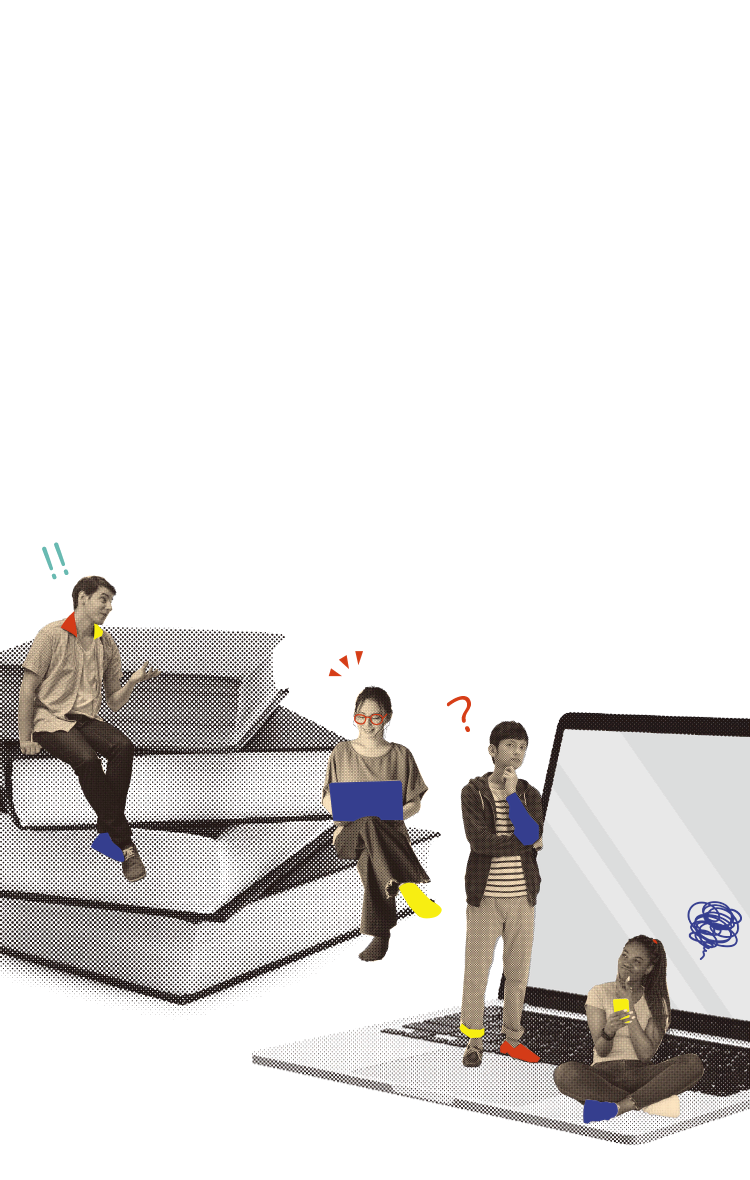Outline
| Period | June 17th to August 7th, 2025 (7.5 weeks) |
|---|---|
| Venue | Advanced Institute for Materials Research (AIMR), TOKYO ELECTRON House of Creativity |
| Number of Participants | 8 students from the US, 2 from Africa, and 6 from Japanese universities |
| Industrial Partners | Fujitsu Limited, IHI Corporation, Mitsubishi Electric Corporation |
| Host | Mathematical Science Center for Co-creative Society (MathCCS), Tohoku Forum for Creativity (TFC).Advanced Institute for Materials Research (AIMR) |
| Co-host | Institute for Pure & Applied Mathematics(IPAM), RIKEN Interdisciplinary Theoretical and Mathematical Sciences Program (iTHEMS) |
Information related to programs offered by IPAM can be found at “Student Research Programs".
Projects
IHI Corporation
Novel framework of optical character recognition for sustainable food supply chains
Advanced Technology R&D Center,
Mitsubishi
Electric Corporation
Estimating sensor viewpoints using a three-dimensional map
Information Technology R&D Center,
Mitsubishi Electric
Corporation
Key relay protocol for quantum key distribution
Program Schedule




-
Opening Day
Representatives from each partner company pose an interesting problem related to their industry, as well as the motivation to seek a solution. After the explanation, each team meets with the industry experts to discuss different ideas of how to tackle the problem.
-
Design Thinking Course
Students engage in an immersive course that shapes their project thesis and charts a clear path toward innovative solutions. Beginning with a dynamic introduction to core design thinking principles, they dive into guided brainstorming and mind mapping sessions. Working collaboratively, teams apply fresh insights directly to their projects, crafting creative and actionable Work Statements that drive real results.
-
Starting the Research
Once our industry partners approve the Work Statement, students get started on a journey to achieve their proposed solutions. Students work intensively 5 days a week, but they are not alone! Dedicated industry mentors from our partner companies, as well as young Tohoku faculty and researchers, are available to provide resources and guidance when needed.

-
Japanese Language / Culture Classes
Japanese Language and Culture Classes are held during the program, each week offering a different learning experience. Students participate in introductory Japanese language and culture classes, learning useful conversational skills and facts about Sendai. Activities such as tea ceremony, calligraphy, and making Tanabata decorations further enhance students’ introduction to Japan.

-
Sharing Event
Each team member gives a presentation on their research progress in English. After the presentations, team mentors and team members meet to discuss and refine their current progress towards the proposed solutions.

-
Site Visits
Team members visit our partner companies to gain new insight on the motivations for their project. Students learn about our partners’ resources and facilities, broadening their understanding of their problems’ importance. Active discussion of their projects’ direction takes place.
-
Final Stages of Research
Research is deepened in preparation for Projects Day (final presentation). With the available resources, motivation, plan of action and progress made, this week is when results take shape. Students are working hard toward their final report.
-
Final Reports
The results of the research are summarized in the form of a final report shared with our industry partners for final approval.
-
Projects Day
Each team presents the results and conclusion of their research in English, introducing novel ideas and posing questions for discussion and future work.



